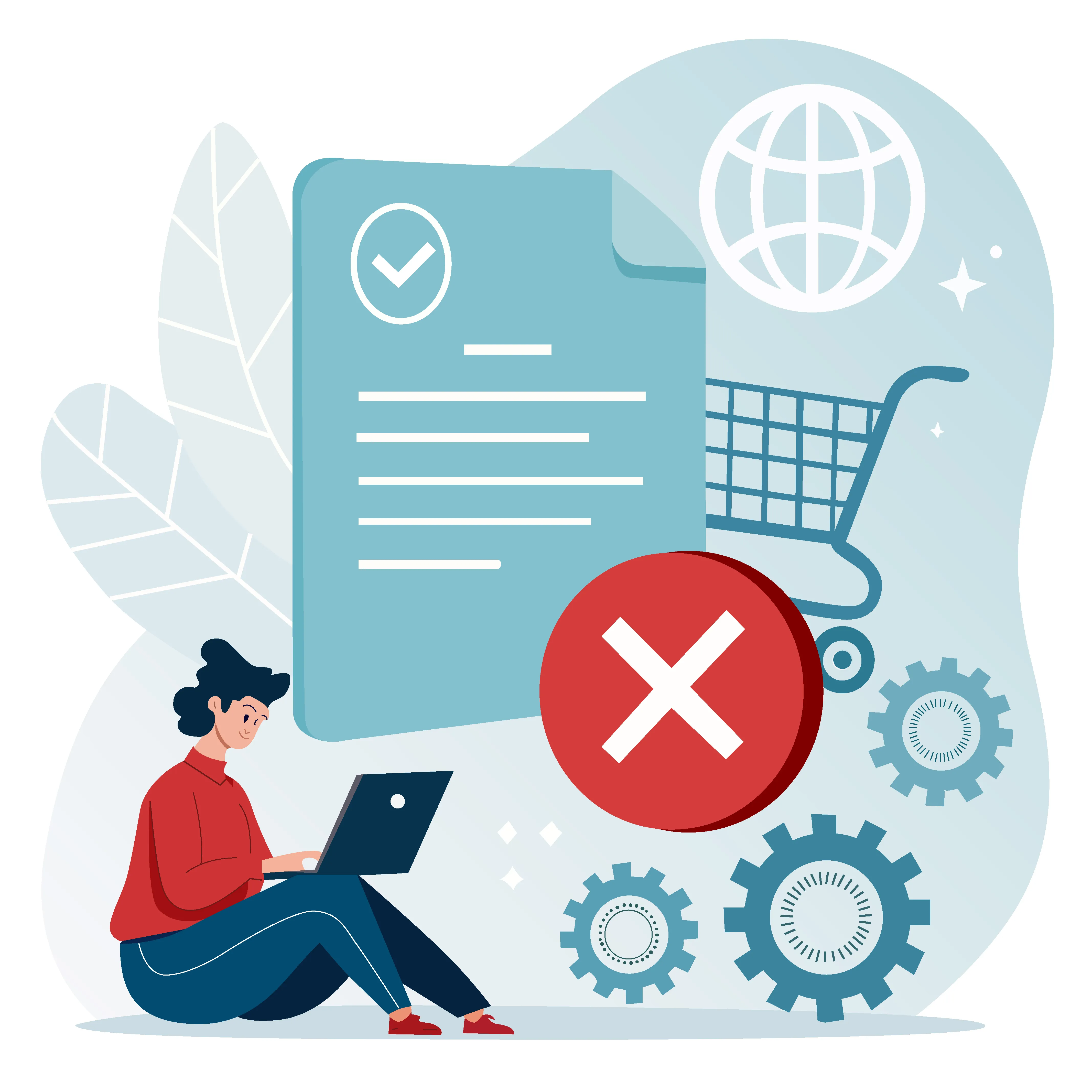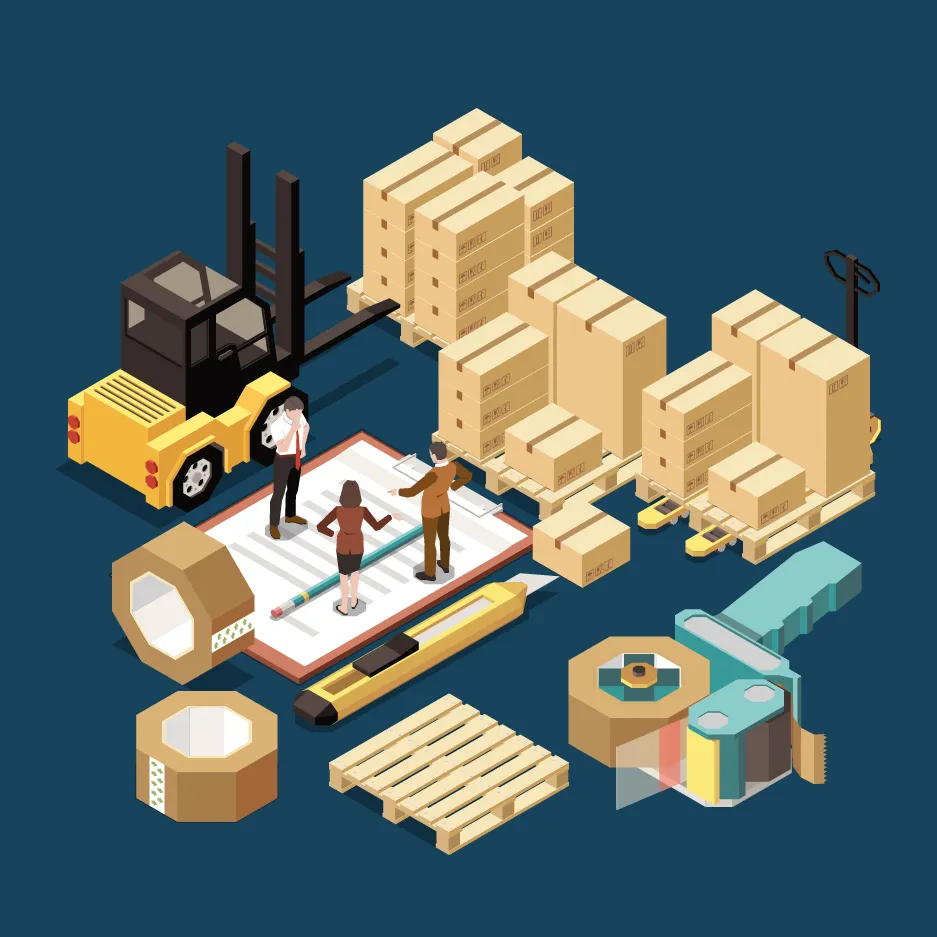The pharmaceutical industry faces increasing hurdles, including complicated supply chains, counterfeit medications, and growing regulatory requirements, in a field where patient safety is of utmost importance. Since pharmaceutical counterfeiting is believed to be worth over $200 billion a year, it is more important than ever to ensure product authenticity and traceability. In light of this urgent requirement, blockchain technology is being heralded as a possible revolution in pharmaceutical labelling and packaging. To support this, the Pharma Packaging & Labelling Forum organized by World BI brings together suppliers and manufacturers, enabling them to find the ideal partners for their packaging and labelling needs.
Understanding the Problem: Lack of Traceability and Counterfeiting
- Pharmaceutical counterfeiting poses a risk to human life in addition to being a financial issue. Inappropriate or hazardous chemicals, inappropriate dosages, or no active ingredient at all can be found in counterfeit medications.
- The likelihood of tampering and diversion is increased by the complexity of the supply chain and the existence of numerous intermediaries.
- Regulators have implemented serialization and track-and-trace requirements to mitigate these risks.
- For instance, every drug container must have a unique identification that can be monitored along the supply chain in order to comply with the EU Falsified Medicines Directive (FMD) and the US Drug Supply Chain Security Act (DSCSA).
- However, it is still difficult and prone to manipulation to create and manage these serialization systems across stakeholders and geographical locations.
Introducing Blockchain: An Overview
Blockchain is a decentralized digital ledger that maintains data integrity over a computer network. Every data modification or transaction is time-stamped, encrypted, and connected to the one before it, forming an unchangeable, chronological record. In order to prevent counterfeiting and maintain compliance in the pharmaceutical industry, this guarantees transparency and traceability.
Blockchain promises to assist with labelling and packaging by:

- Make an audit trail that cannot be altered for every product unit.
- Increase the transparency of the supply chain.
- Make adhering to regulations easier.
- Enable patients and interested parties to instantly confirm the legitimacy of the product.
Real World Uses for Pharmaceutical Labelling and Packaging:
Blockchain is already being tested by a number of tech startups and pharmaceutical giants to secure their labelling and packaging procedures. Let's examine some significant instances:
Collaboration between SAP Blockchain and Modum:
- SAP and the Swiss startup Modum collaborated to incorporate blockchain technology with Internet of Things (IoT) sensors on pharmaceutical packaging.
- These sensors keep an eye on the temperature and the surrounding environment, and blockchain records all information along the supply chain, guaranteeing the integrity of the labelling and packaging.
MediLedger Project:
- This partnership, which includes major pharmaceutical companies Pfizer, Genentech, and Amgen, is focused on leveraging blockchain technology to confirm the legitimacy of drugs and streamline DSCSA compliance.
- Their research has shown how blockchain can support wholesaler certification, product returns, and serialization.
Chronicled:
- Chronicled powers safe labelling and serialization in the pharmaceutical supply chain with blockchain technology.
- Manufacturers can use their system to assign a unique digital ID to each product, which can be tracked all the way through the supply chain.
- Pharmacies and patients can use smartphone apps to scan the product and confirm its legitimacy.
How Blockchain Helps with Pharma Packaging & Labelling:
Tamper-Proof Packaging Data:
- By logging every packaging and labelling event on the blockchain, participants can make sure that data cannot be altered or removed once it is recorded, lowering the possibility of hacking.
End-to-End Traceability:
- From production to delivery, blockchain provides complete visibility into the product's entire journey. Personalized medicine and cold-chain medications, where precise labelling and packaging are essential, will benefit greatly from this.
Consumer Confidence:
- Patients may quickly confirm product characteristics, expiration dates, and legitimacy by scanning QR codes connected to blockchain entries.
- In addition to improving brand integrity, this fosters trust.
Cross-Border Compliance:
- By establishing a common, safe record, blockchain makes it easier to collaborate across borders and legal frameworks. For international supply chains, this is crucial.
Challenges to Widespread Implementation:
Blockchain implementation in pharmaceutical packaging presents several difficulties, notwithstanding its potential.
High Implementation Costs:
Small and mid-sized pharmaceutical companies may find it less practical to build and integrate blockchain systems due to the substantial infrastructure, investment, and expertise required.
Lack of Standardization:
Blockchain implementations run the danger of being dispersed in the absence of uniform standards. A smooth supply chain communication depends on system interoperability.
Data Privacy Issues:
Concerns about data security and compliance with regulations such as GDPR arise when sensitive data, such as trade secrets or patient information, is stored on a shared ledger.
Issues with Scalability:
Data volume increases as blockchain expands. It is still technically difficult to guarantee quick transaction times and effective processing for millions of drug units.

Is it Hype or Reality?
Somewhere in the middle is the answer.
- Blockchain provides a strong basis for safe, transparent, and dependable pharmaceutical packaging and labelling systems, but it is not a magic bullet.
- Its capacity to provide an immutable, traceable record of each interaction along the supply chain is extremely compatible with the safety and regulatory needs of the sector.
- Full-scale blockchain implementation in the global pharmaceutical sector won't happen overnight, though.
- Before blockchain to become a widely accepted standard, stakeholders must resolve issues with cost, interoperability, and regulations.
The Way Forward:
In order for pharmaceutical packaging and labelling to adopt blockchain technology, the sector needs to:
- Manufacturers, authorities, technology companies, and logistics companies should all work together.
- Integrate blockchain technology with current serialization and Internet of Things capabilities to create hybrid systems.
- Start with product categories that are high-risk or high-value, then progressively expand.
- Create industry-standard data formats and blockchain protocols.
World BI Pharma Packaging & Labelling Conferences, 2026:
Blockchain is more than hype in the fight against counterfeiting and to enhance traceability, but it is not yet a universal reality. Through the introduction of security, visibility, and trust into the supply chain, it has the ability to completely transform pharmaceutical packaging and labelling.The industry's ability to accept innovation, deal with real-world issues, and strive for scalable, secure, and patient-centered solutions will determine whether it becomes the gold standard or a supplemental tool. Exclusive gatherings are organized by the Pharma Packaging and Labelling Conferences, which provides a platform for distinguished leaders, Artwork Professionals, and Industry experts from different companies to come together with the common goal of promoting worldwide knowledge.
For more information, kindly visit World BI.